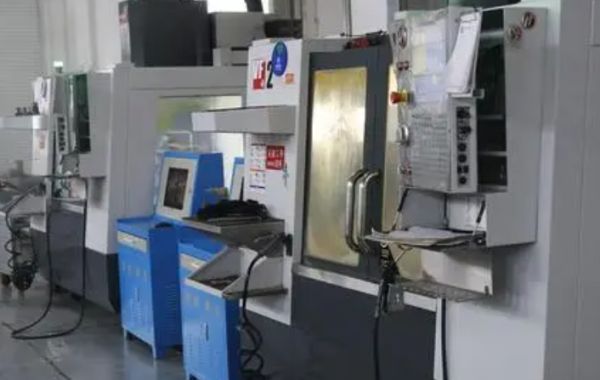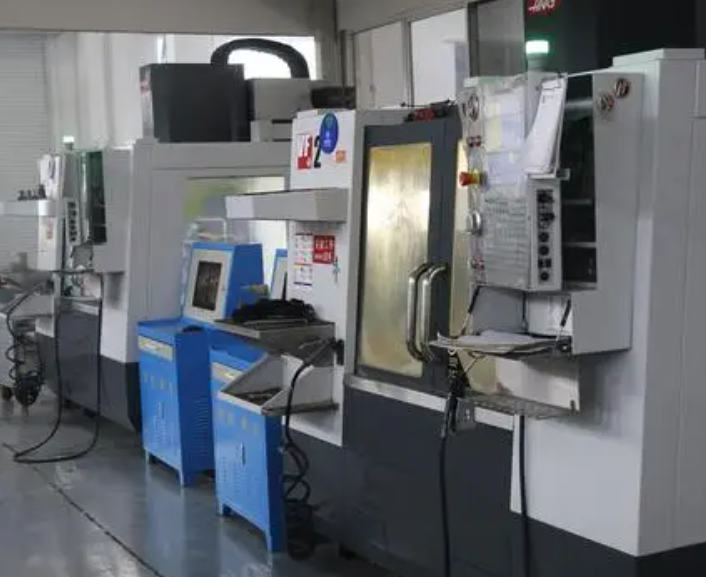A Comprehensive Guide to First Article Inspections
First article inspections (FAIs) are a critical part of the manufacturing process. They ensure that the first production sample of a new or modified product meets all engineering, design, and specification requirements before full production begins. While FAIs may seem tedious, they save manufacturers time and money in the long run by preventing defects from occurring across an entire production run.
In this comprehensive guide, we’ll cover everything you need to know about first article inspections, including:
- What is a First Article Inspection?
- When is a First Article Inspection Required?
- First Article Inspection Process
- First Article Inspection Report (FAIR)
- First Article Inspection Best Practices
What is a First Article Inspection?
A first article inspection (FAI) is a complete, documented verification that a production sample conforms to all engineering drawings, design specifications, and other applicable technical documents. It is performed on the first part, or first batch of parts, produced as part of a new production run.
The purpose of an FAI is to ensure that the production processes, materials, work instructions, and tooling are capable of producing parts and products that meet all specified requirements. It provides objective evidence that the manufacturer understands the product requirements and can produce quality parts consistently.
When is a First Article Inspection Required?
There are several situations that typically require completion of a first article inspection:
- New Parts - Whenever a new part or product is released for initial production, an FAI must be performed. This confirms the design is manufacturable before full production begins.
- Design Changes - If an engineering change is made that alters the design in any way, an FAI must be done to ensure the change was implemented correctly.
- Production Process Changes - Any significant changes to the manufacturing process, tools, materials, etc. necessitates an FAI to verify quality was not impacted.
- New Suppliers or Facilities - If production is switched to a new supplier or facility, an FAI ensures production capabilities meet requirements.
- Customer Request - Customers may request an FAI to validate production quality, even on existing products.
Additionally, many industry quality standards and regulations mandate completion of FAIs in certain scenarios. For example, AS9102, the Aerospace sector's FAI standard, requires FAIs on new or changed products and whenever production is inactive for 12 months or more.
First Article Inspection Process
While the exact FAI process can vary by industry and product complexity, it generally involves the following high-level steps:
- Planning - Determine the sample size, inspection scope, activities, personnel, and other planning elements.
- Document Review - Obtain all relevant product specifications, drawings, work instructions, etc. that define the product requirements.
- Inspection - Visually and dimensionally inspect the first article(s) to confirm conformance to the defined requirements.
- Reporting - Document the results on the first article inspection report (FAIR).
- Review - Have appropriate staff review the FAIR to ensure completeness and conformance.
- Approval - Obtain approvals before authorizing production release.
- Retention - Maintain FAI records according to document control policies.
The inspection stage is the heart of the process. It methodically compares the production sample to every engineering drawing dimension, specification, marking, note, etc. that defines the product requirements. Any nonconformance is documented for further action. Advanced measurement and testing equipment is often utilized to validate product performance.
First Article Inspection Report (FAIR)
The main deliverable of an FAI is the first article inspection report (FAIR). This document records objective evidence that all product requirements have been fully inspected and/or tested on the first article(s).
A FAIR details every specified product characteristic and indicates whether it conforms or not. Any nonconformances are clearly noted for further evaluation. Data from measurements and material or performance tests may also be included. The report also contains basic information such as the part number, drawing revision, supplier, inspection date, and inspector name.
Photos are also commonly attached to visually document the inspection. For complex or highly regulated products, FAI reports can be lengthy, requiring validation of hundreds of characteristics.
A completed FAIR provides proof to both internal stakeholders and external customers that the product meets requirements and the production process is stable and capable. Many quality standards mandate certain elements that must be included in a FAIR.
First Article Inspection Best Practices
Following best practices for first article inspections enhances their effectiveness and overall value:
- Involve design engineers in planning the FAI scope and what product characteristics will be checked.
- Leverage automation technologies like coordinate measuring machines (CMM) to improve inspection accuracy and repeatability.
- Have experienced production inspectors perform the FAI using controlled tools.
- Schedule FAI completion for new products at least 2 weeks prior to the production deadline to allow time for addressing any issues found.
- Implement an independent review process for the completed FAIR before approving production release.
- Track and trend FAI findings to identify opportunities to improve the design and production process.
- Conduct periodic FAIs during production to ensure quality is being maintained.
First article inspections require a substantial time investment upfront, but pay significant dividends in minimizing production disruptions and ensuring customer satisfaction. With robust inspections conducted early in the product lifecycle, manufacturers avoid costly delays and rework further downstream.
For further reading see AS9102 Standard which provides aerospace industry specific guidance on first article inspections: AS9102








